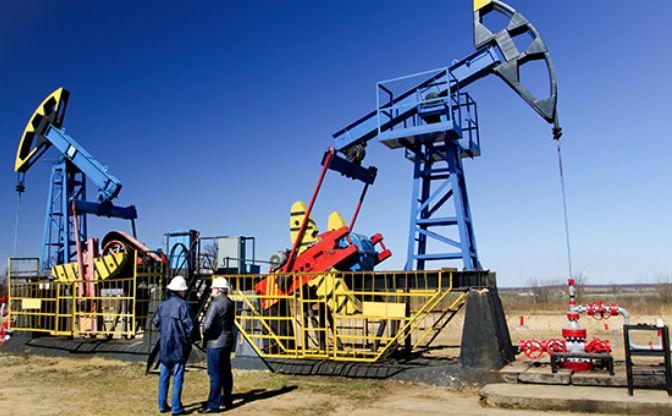
Hose Safety Principles for the Food Industry
Proper installation of hoses is crucial for ensuring safety
and preventing hazards such as spills and ruptures. Regular inspections for
wear, corrosion, and other signs of damage are essential to maintain optimal
condition. Using compatible fittings and clamps and applying the appropriate
torque during installation minimizes safety risks.
Choosing the correct hose for each application is essential
for achieving optimal safety, performance, and service life. The material and
construction should suit the intended purpose and be compatible with
transported materials. Food-grade hoses are essential for handling food
products to prevent contamination. Additionally, considering the application's
maximum pressure and temperature requirements ensures the chosen hose meets
these specifications.
Regular maintenance reduces the risk of hose-related
incidents and maximizes the service life of hoses. This includes periodic
inspections for signs of wear, damage, or corrosion, proper cleaning and
sanitization methods, and prompt replacement of hoses if they show signs of
weakness or damage. Implementing a comprehensive preventive maintenance plan
can be highly effective in maintaining hose safety.
Proper labeling of hydraulic hoses is essential for ensuring
hose safety. Hydraulic hose identification labels help reduce the risk of
accidents and downtime caused by incorrect installation or replacement. Clearly
marked hoses make it easier to track service life, identify maintenance
requirements, and ensure the correct hoses are used in each application.




